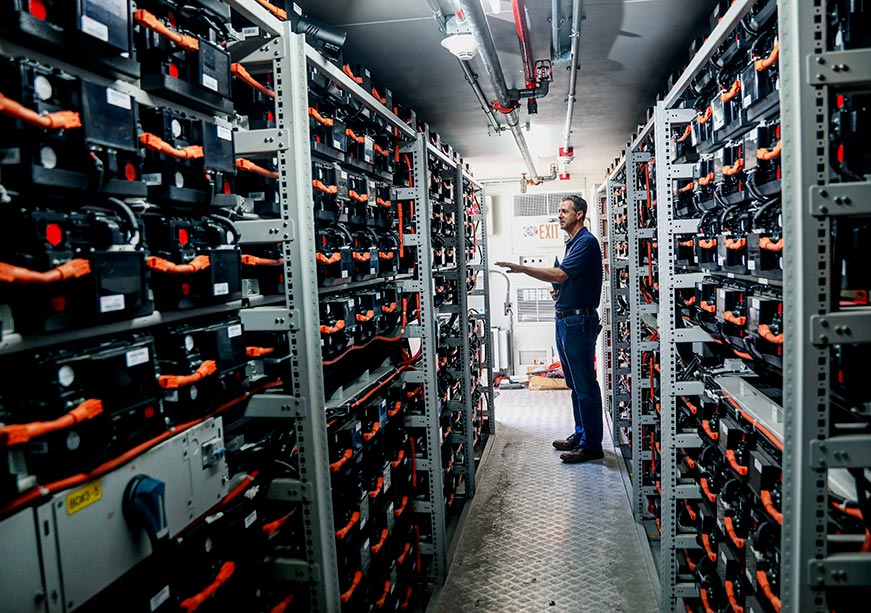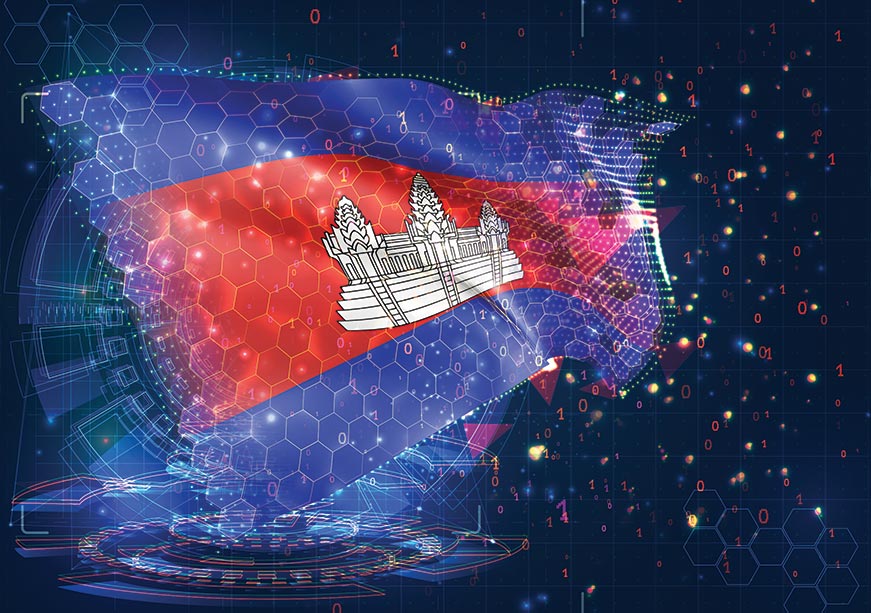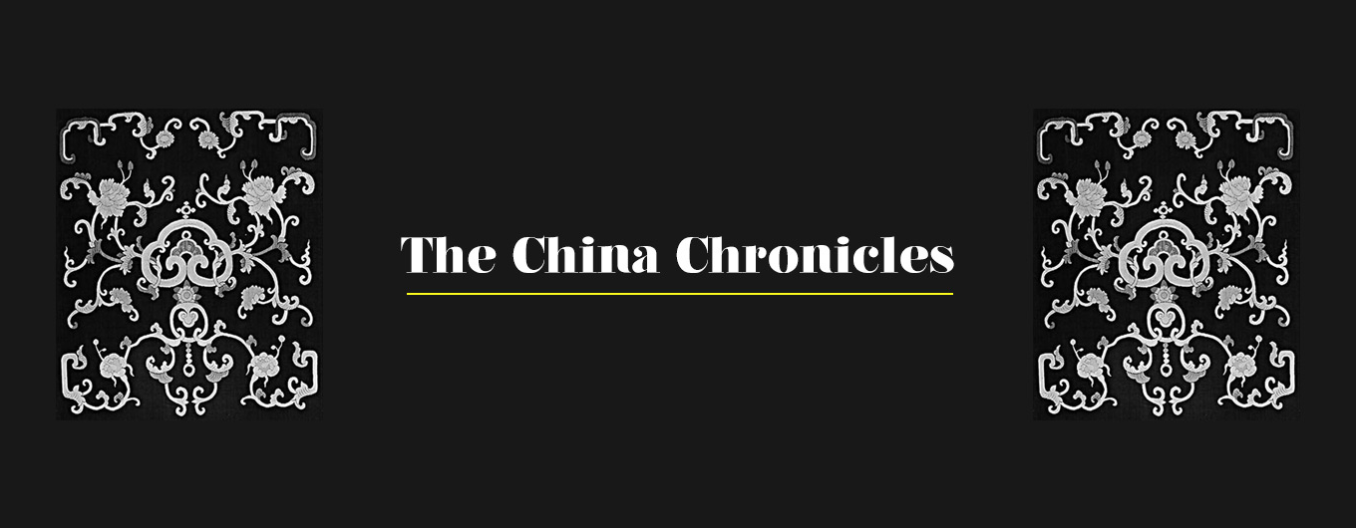
Image Source: Getty
This is the 165th in the ‘China Chronicles’ series.
Tensions in the Taiwan Straits are again running high following Taiwanese President Lai Ching-te’s National Day speech. In his address, Lai stated that the nation’s sovereignty could not be infringed upon and that China had no right to represent Taiwan. Beijing has responded with the ‘Joint Sword 2024B’ drills, which the People’s Liberation Army (PLA) says centres on joint maritime and aerial combat readiness, blockade and control of important ports, strikes on sea and land targets, and regarding comprehensive control of the battlefield to test the real-combat capabilities of the forces.
The mainland’s aircraft carrier ‘Liaoning’ also participated in the drills. Taiwan’s Ministry of Defense announced that 125 Chinese aircraft had been detected on 14 October, among which 90 entered Taiwan’s air defence identification zone—making it the largest aerial incursion on a single day. As many as 17 Chinese warships and an equal number of Coast Guard vessels had been sighted around the island during the drills.
China has tried to deride Taiwanese military capabilities, likening it to ants trying to uproot a big tree.
China assesses Lai’s first National Day address as steering towards independence, with an aim of cutting off the connections between the mainland and the island. A commentary published in the PLA Daily accuses Lai of pushing the “two-state theory”. Another commentary in the PLA Daily justifies the military drills, stating that the outcome of working towards “Taiwan independence” is a war, pitching for building military capabilities to defeat separatist activities. China has tried to deride Taiwanese military capabilities, likening it to ants trying to uproot a big tree. An article in the People’s Daily also calls into question Washington’s role in “pushing Taipei towards independence”. It posits that describing Lai’s speech as “restrained” and “moderate” by United States (US) officials is a show of support for the separatist cause. It accuses the US of plotting to use the Taiwan card to control the mainland. China has also chosen to join the dots with another development in India. Taiwan recently opened another representative office in Mumbai deepening its engagement with India, which has led the Chinese foreign ministry to express concerns, warning against the establishments of any official contacts with Taipei.
Taipei reframes the narrative against Beijing
President Lai also referred to the rise of conflicts globally and framed Taiwan’s situation as resisting the expansion of authoritarianism. This framing of the “Taiwan versus China” clash of democracy and authoritarianism has also been reinforced by his predecessor Tsai Ing-wen. During her recent trip to Europe to attend the yearly Forum 2000 conference, she said that Taiwan was on the frontline of democracy, braving an onslaught from dictatorships. She also warned of the increasing use of information warfare and military coercion by dictatorships to export their prototype of a political system across the globe. The Forum 2000 conclaves, founded by former Czech President Vàclav Havel, are attended by people’s representatives and activists to deliberate on issues like human rights, civil liberties, and democracy. There is a great divergence in how both the mainland and Taiwan see the situation. A commentary in the Chinese state perceives the current tension as a conflict between unification and separation, not a contest of systems. In recent times, President Lai has made a case to trace its political lineage to the revolution on the mainland in the early 20th century that dethroned China’s Imperial Qing dynasty, contrasting Beijing marking its 75th National Day on 1 October as opposed to Taipei commemorating its 113th anniversary. Lai has also upped the ante, seemingly seeking to draw a wedge between Beijing and Moscow. Taiwan’s President has argued that if Beijing thought its claims on Taipei held water, then it should also try to recover territory lost by the Imperial Qing dynasty to the Russian Empire in the 19th century.
A commentary in the Chinese state perceives the current tension as a conflict between unification and separation, not a contest of systems.
Implications of military coercion
This is the third time in the recent past that China has responded with military coercion with respect to Taiwan. The PLA had launched similar drills following then US House Speaker Nancy Pelosi’s visit to the island in 2022, and recently this year after President Lai’s inauguration. During his speech at the National Party Congress in 2022, Chinese President Xi Jinping asserted that the option to unify Taiwan by force, if necessary, was on China’s agenda. He has also followed it up by telling his PLA commanders to train soldiers better and under battle conditions. Early this year, Xi also inspected the Army Medical University in Chongqing, pitching for better battlefield treatment techniques, medical universities and synchronised logistics support. This comes following reports that the PLA conducted drills to ascertain the efficacy of evacuation measures at islands off the Zhejiang province’s coastline. This has fuelled speculation if the military exercises were intended to assess PLA battle readiness in the event of a possible move to annex Taiwan. First, as a consequence of the repeated blockade exercises, the PLA is improving its ability to operate in the waters around Taiwan to combat American intervention. Second, China recently authorised its Coast Guard to use weapons if its national sovereignty is threatened. Furthermore, China’s Coast Guard is permitted to demarcate “exclusion zones” in which vessels of other nations will not be allowed to enter. Consequently, their increasing participation in such military exercises around the Taiwan Straits increases the risks of escalation in the event of an accident. Lastly, the normalisation of such repeated military coercion and the muted response by other nations may in future embolden China to first mobilise PLA for drills, and then swiftly convert it into an invasion. Beijing’s grey-zone warfare thus needs closer scrutiny.
Kalpit A Mankikar is a Fellow at the Observer Research Foundation
The views expressed above belong to the author(s). ORF research and analyses now available on Telegram! Click here to access our curated content — blogs, longforms and interviews.




 PREV
PREV



